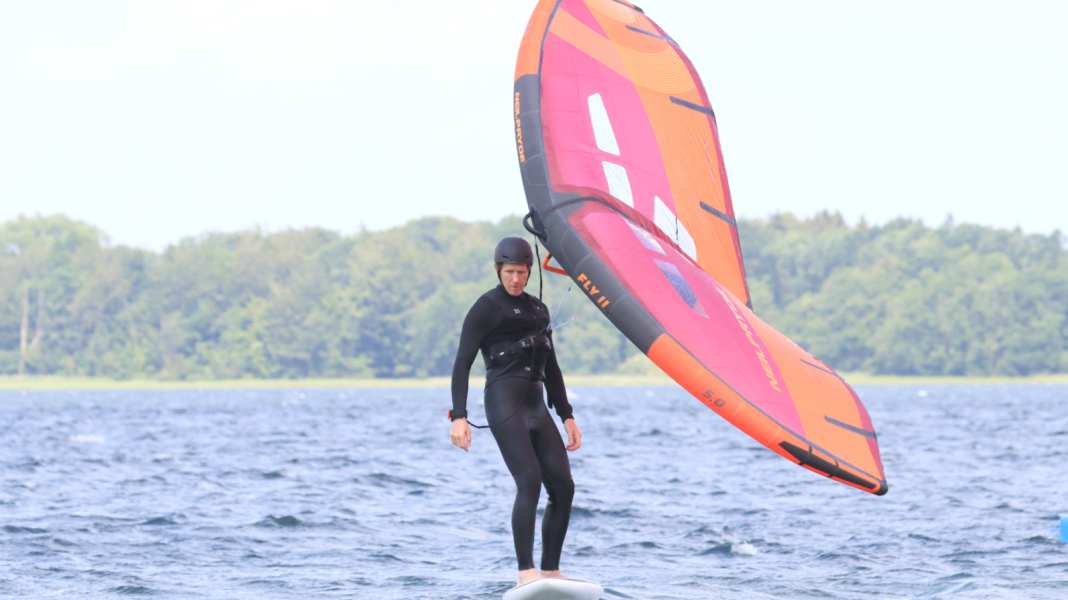With wings, the trend is increasingly moving towards two fixed handles or even a continuous boom. This also makes it easier to mount a harness line than wings with soft handles - and more and more wingfoil ends are using this option. Because not everyone is familiar with the terms, here are the basics first: a harness is a waist strap with a hook that allows you to hook into the harness line. In this way, you don't have to hold the pull of the wing completely with your arms, but instead counterbalance it with your body weight, which noticeably relieves the strain on your arms. Harnesses have long been standard equipment for windsurfing and kitesurfing.
Wings with trapeze - which ropes, which length?
If you want to tack with a harness, you need a harness line and a suitable harness. Firstly, the ropes - there are several options here:
1. basic variant
The simplest variant is ropes that are only attached to the eyelets provided on the strut of the wing - this was particularly common on older wings with soft grip loops. The disadvantage of this, from today's perspective, rather primitive variant is that the position is fixed and the rope blows in the wind like a flag - which often makes hooking in quite tedious.
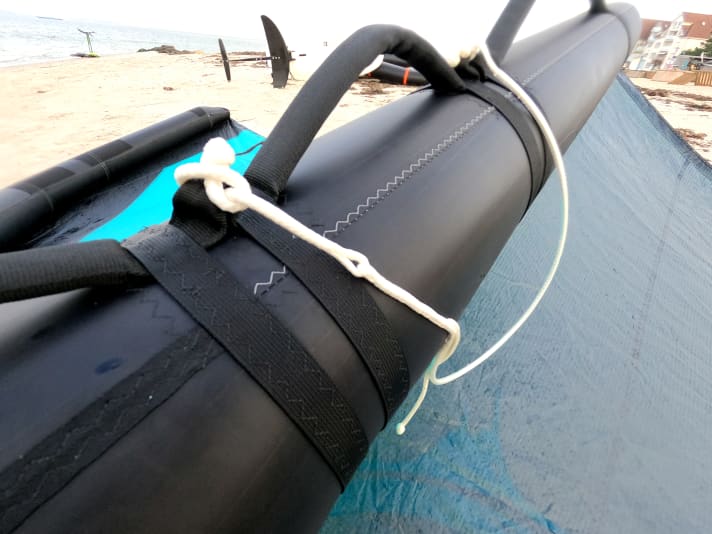
2. full harness lines
Wings with fixed handles or a continuous boom offer the option of mounting a full-fledged harness line. This is then attached to the handles with Velcro and, thanks to its solid plastic coating, is much more dimensionally stable and durable than the basic version presented first. These ropes are available with a fixed length or as vario harness lines.
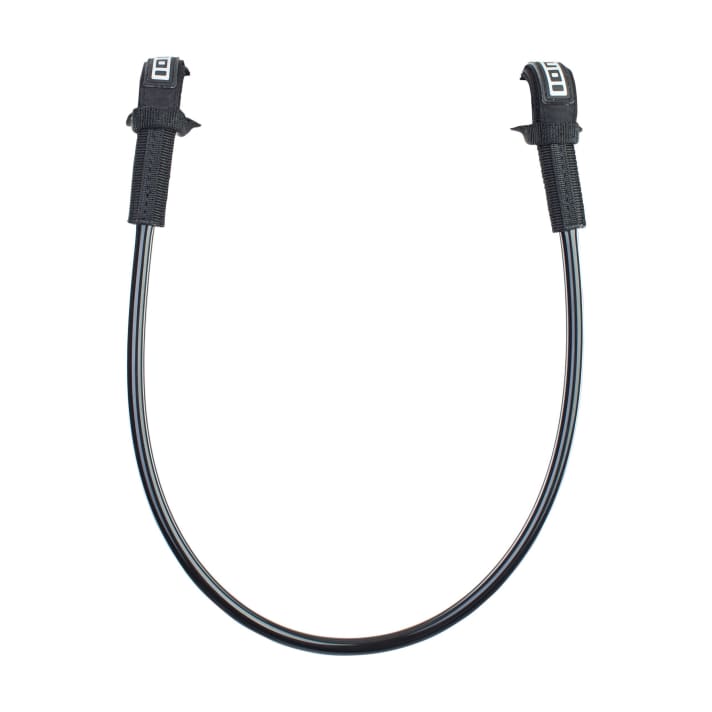
The overall length of the rope should not be too short and in many cases is longer than you would expect from windsurfing or kitesurfing, for example. The ideal rope length is usually between 30 and 42 inches, depending on body size and personal taste. Our tip for anyone who is unsure about the length: Buy a vario harness lines with an adjustment range of 30 to 40 inches!
3. retractable harness lines
The most elegant variant is undoubtedly the retractable harness line from Artness (HERE there's a detailed test). This is variable in length and is ideal for wings with two fixed handles. When hooked in, the rope extends to the previously set length; when unhooked, it lies flat and is then out of the way during tricks and jumps - minimising the risk of accidental hooking.
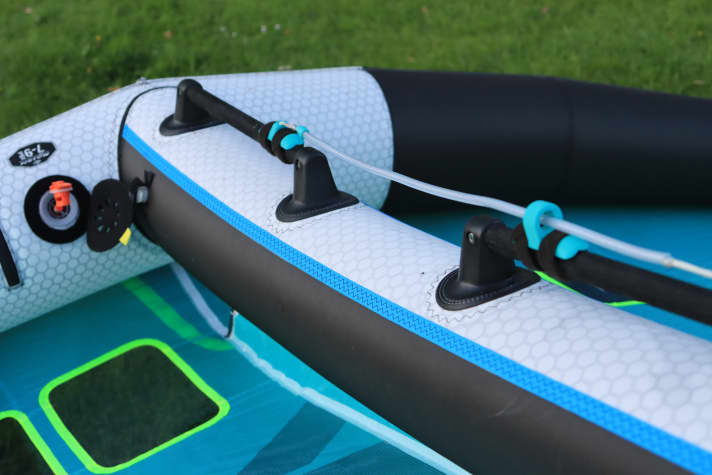
Trapezes for swinging
There are three options when it comes to harnesses: Normal windsurfing or kitesurfing harnesses, hip harnesses, or special wing harnesses. Here is a brief overview of the advantages and disadvantages of each system:
1. windsurfing and kitesurfing harnesses
If you have previous experience of windsurfing or kitesurfing and already own a waist harness, you can of course also use it for wingfoiling.
- Pro: Soft and comfortable padding; ideal for high traction & long distances
- Con: Hook cannot move sideways; can hardly be combined with hip leash
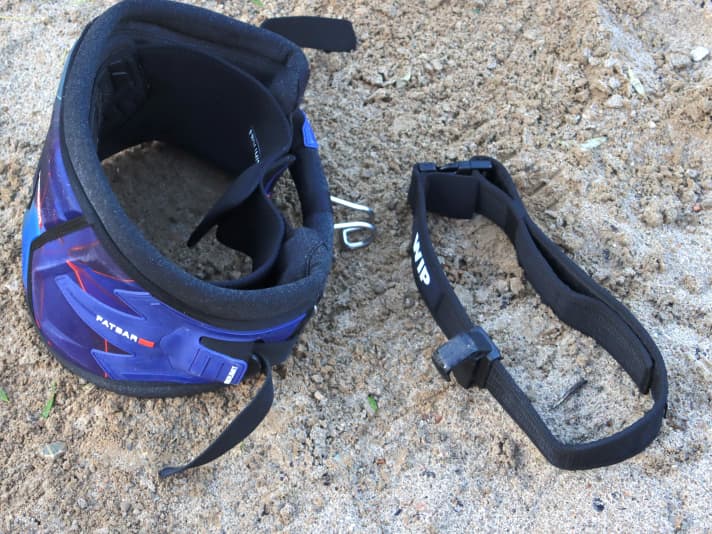
2. hip belts
Because the tensile forces in the wing are generally much lower than in a kite or windsurf sail, extremely spartan hip straps are also used for wingfoiling.
- Pro: Freedom of movement & weight; Hook can move sideways; Can be combined with hip leash
- Con: Comfort for longer distances
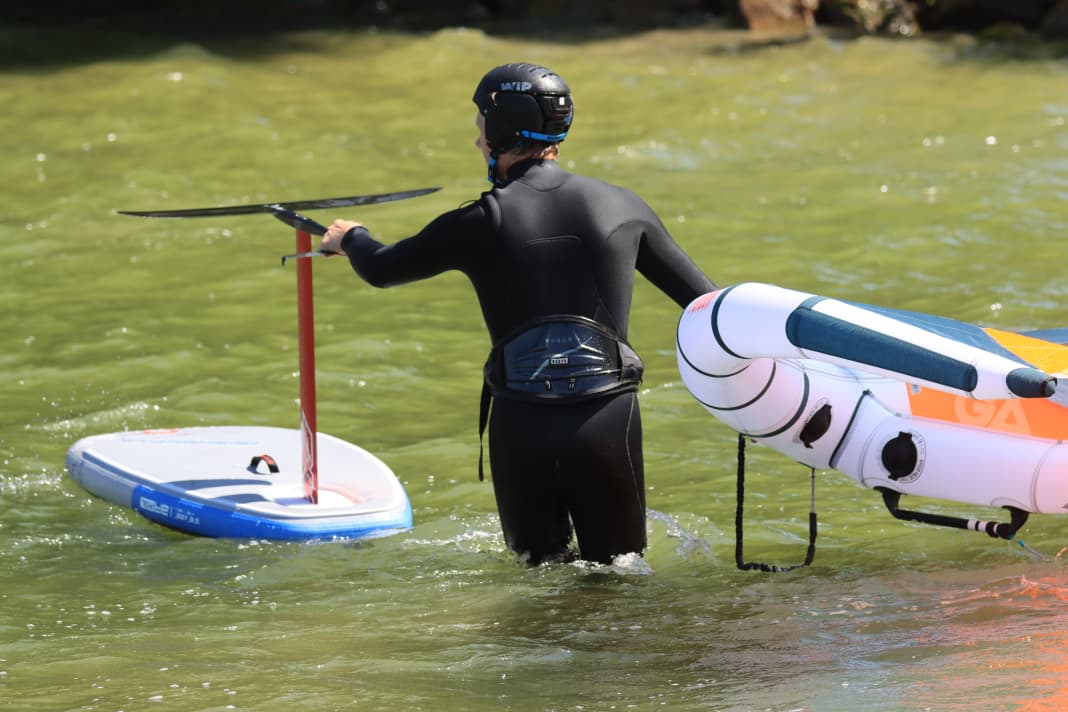




3. wing trapezes
The latest generation of wingsurf harnesses is a mixture of the first two approaches - in other words: less wide and padded than a windsurf or kite harness, but not a minimalist waist harness either.
- Pro: Combination of comfort & freedom of movement; Hook can move sideways; Can be combined with hip leash
- Con: -
Wingfoiling - with or without a harness?
The question remains as to whether and for which cases a harness really makes sense for wingsurfing. Here is our recommendation:
1. type "Cruiser"
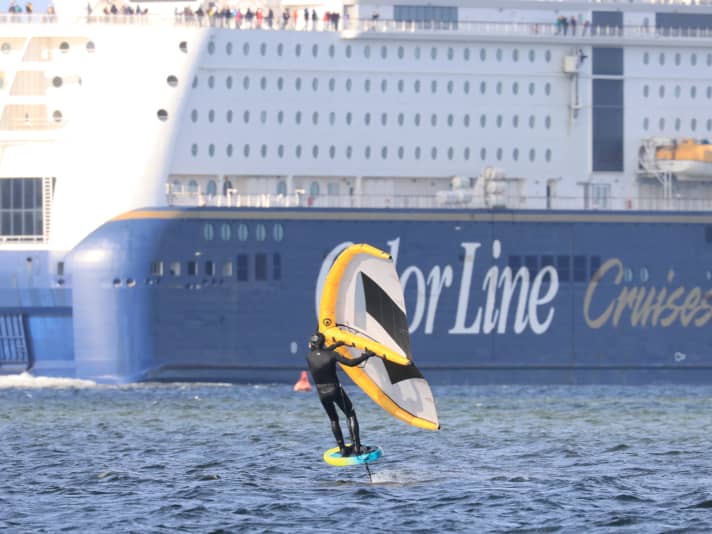
Because the wings are light and the resistance of the foil in the water is rather low compared to a windsurfing or kiteboard, the strain on the arms is kept to a minimum when cruising comfortably. So if you primarily ride short strokes, practise manoeuvres or even try the occasional jump, you are generally better off without a harness. The only exception: A harness can generally be useful for wings in winter because you can shake your hands out while riding. The narrow hip straps are also sufficient for this.
2. type "Racer
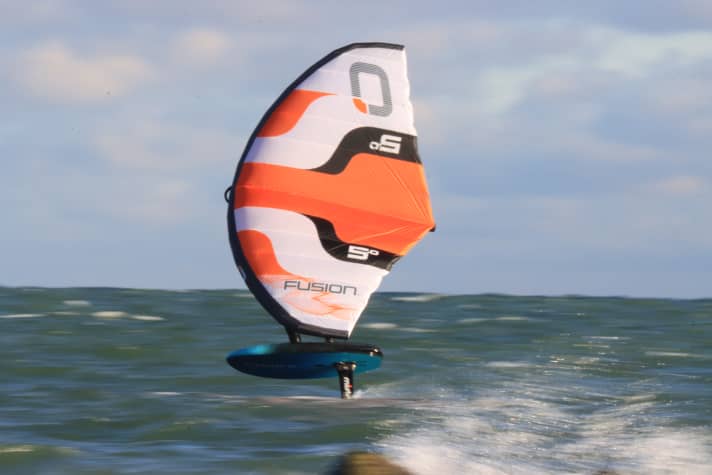
If you like to be fully powered up and well motorised, chase your personal speed record on small foils or take part in regattas and long-distance races, a harness is definitely a good idea. We would clearly recommend a special wing harness or a well-padded windsurfing or kitesurfing harness.
3. type "Downwinder"
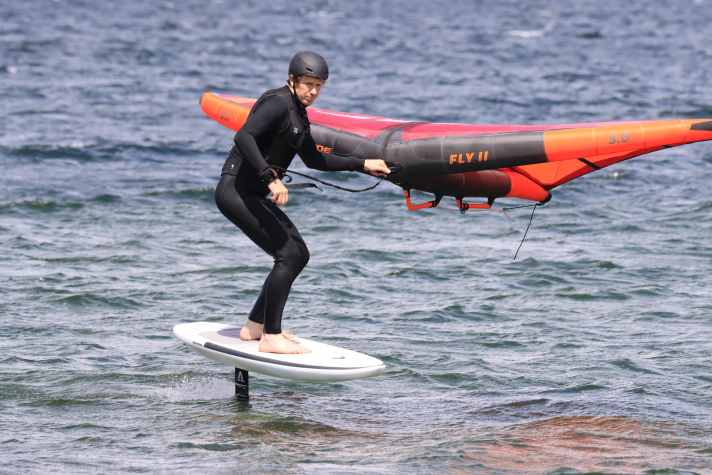
Another useful application for the harness is downwinders. If you ride swells with the wing in tow, at some point you have to cross back to the starting point to windward. Harnesses are a good idea for these longer upwind sections. Here too, we recommend special wing harnesses or well-padded windsurfing or kitesurfing harnesses.
